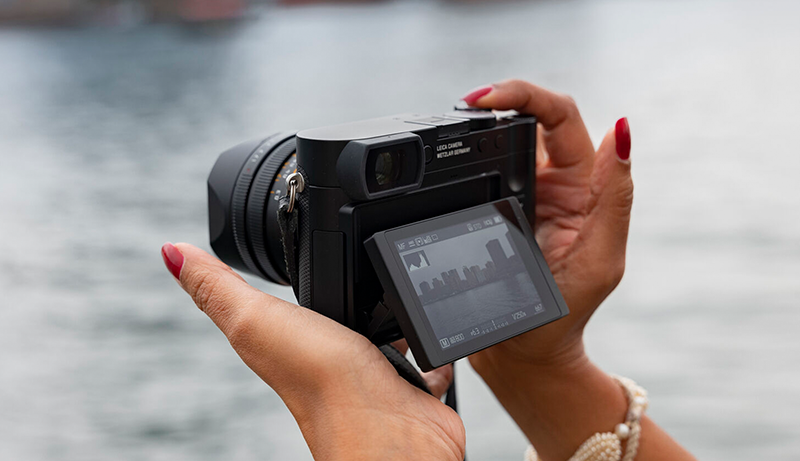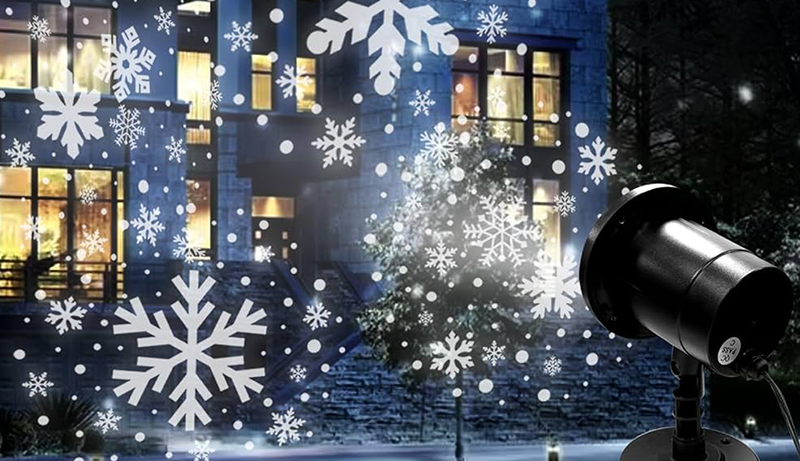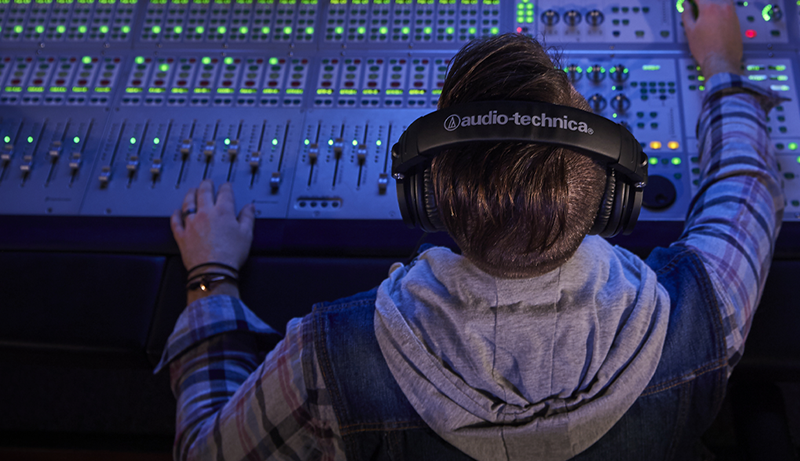This practical guide to the Best Small Digital Cameras will save you time, money, and help improve your photography.
With the latest smartphones boasting impressive cameras, you might wonder if there’s still a need for a dedicated pocket camera or point-and-shoot.
But I’m here to show you a selection of compact cameras that outshine any smartphone.
A great portable camera offers better ergonomics, faster performance, longer battery life, and superior low-light capabilities—often with the added benefit of a dedicated flash.
For many photographers, the experience of using a compact camera with a viewfinder is far more enjoyable than shooting with a smartphone.
In this guide, we’ve handpicked five small cameras that are compact enough for everyday carry.
They’re all fixed-lens models designed to capture stunning photos and videos in any situation.
We’ve also included one budget-friendly option for those looking to get great shots without breaking the bank.
1. Sony RX100 VII
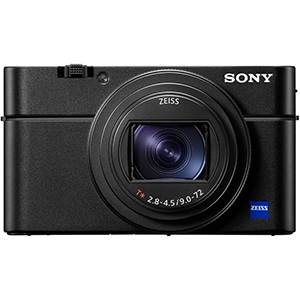
The Sony RX100 VII is a top-tier compact camera, perfect for travel and everyday use. Despite its high price, it offers excellent value for money due to the sheer amount of features packed into its slim, pocketable design.
The standout feature is the impressive 24-200mm zoom lens, which offers wide to telephoto range, ideal for travel photography. Its fast autofocus performance, with 357 phase and 425 contrast AF points, ensures you’ll capture sharp images in almost any situation. Burst mode is incredibly fast, shooting at up to 90 frames per second.
Image quality is great for a camera with a 1-inch sensor, producing sharp photos with solid dynamic range and decent high ISO performance. For video enthusiasts, it supports 4K HDR video, 960fps slow motion, and features a 3.5mm mic jack for improved audio.
However, the RX100 VII does have some downsides, including poor ergonomics (it’s slippery to hold), sub-par battery life, and no external charger included. Despite these drawbacks, its powerful zoom, incredible autofocus, and compact size make it one of the best point-and-shoot cameras for both travel and everyday photography in 2024.
2. Fujifilm X100VI
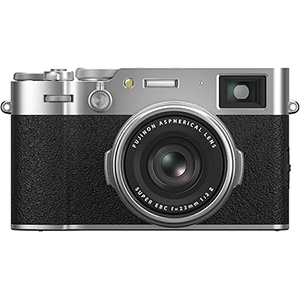
The Fujifilm X100VI is the latest in a legendary line of compact, fixed-lens cameras, beloved for its retro styling, sharp optics, and advanced performance. Packing a powerful 40.2MP X-Trans CMOS 5 HR sensor and X Processor 5, the X100VI offers exceptional image quality, whether shooting in RAW or JPEG. The camera’s 23mm f/2 lens delivers stunning sharpness and beautiful subject separation, making it ideal for portraits, low-light shots, and environmental photography.
A key highlight is Fujifilm’s renowned color science, with 20 film simulations replicating classic looks like Classic Chrome and Acros. Whether shooting in RAW or JPEG, photographers can capture impressive color, contrast, and detail straight out of the camera.
The X100VI also features 5-axis image stabilization, improved autofocus, and a hybrid optical/electronic viewfinder, enhancing the shooting experience. With built-in Bluetooth and WiFi, it’s easy to transfer photos or remotely control the camera.
Maintaining its iconic retro design, manual dials for ISO, shutter speed, and aperture give photographers complete creative control. While compact, this camera is packed with modern tech, making it one of the best APS-C cameras of the year for both enthusiasts and professionals.
3. Sony RX1 RII
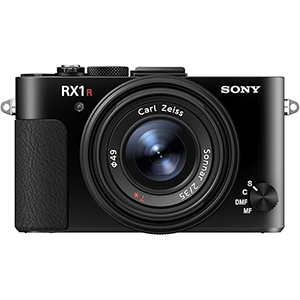
The Sony RX1R II, released nearly a decade ago, remains one of the few compact cameras with a full-frame 35mm sensor, offering unmatched image quality for its size. Despite its age, it’s still a top choice for professional photographers looking for a compact camera with incredible performance.
The RX1R II features a 42.4MP sensor, producing superb dynamic range, shallow depth of field, and excellent high ISO performance. Its fixed 35mm f/2 Carl Zeiss Sonnar lens delivers creamy bokeh and sharpness, making it ideal for street, portrait, and travel photography.
While not as feature-rich as full-frame interchangeable cameras like the Sony a7III, the RX1R II offers a unique shooting experience. It’s a premium point-and-shoot with a sturdy build, manual controls, and a retractable electronic viewfinder. Its design feels solid and refined, adding a touch of nostalgia with its rangefinder-like on/off switch.
However, it’s not without drawbacks. Usability can be slow, with sluggish start-up times and unresponsive buttons. It’s also larger than typical compacts and won’t fit in a jeans pocket. But for photographers who value image quality and simplicity in a compact form, the RX1R II is an exceptional choice despite its premium price.
4. Ricoh GR III
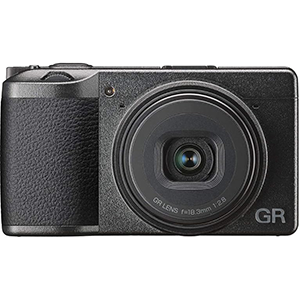
The Ricoh GRIII is a compact digital camera that has gained a strong reputation, especially among street photographers. Known for its discreet design, this camera offers a blend of performance, portability, and ease of use. Weighing in as one of the smallest APS-C cameras, the GRIII is perfect for on-the-go photography, even fitting in a shirt pocket.
The 24MP sensor delivers impressive image quality, with sharp RAW files and vivid JPEGs. It’s a step up from its predecessor, offering better resolution, improved autofocus, and enhanced battery life. The inclusion of 3-axis image stabilization is a bonus, allowing for steady shots even at slower shutter speeds.
One standout feature is the “Snap Focus,” which allows the camera to instantly focus on a pre-set distance, making it a street photography favorite. Additionally, the responsive touchscreen offers tap-to-focus functionality, making it easy to capture candid shots.
However, the GRIII isn’t perfect. Its battery life is somewhat limited, and focusing in low light can be a challenge. The non-flipping touchscreen can be reflective in bright sunlight, and the lack of a viewfinder may be a drawback for some users. Still, its minimalistic design and powerful features make it a top choice for photographers prioritizing size and stealth.
5. Leica Q3
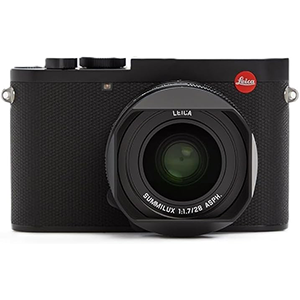
The Leica Q3 is a premium compact camera that combines precision engineering, cutting-edge technology, and sleek design. With a 60.3MP full-frame BSI CMOS sensor and Leica’s signature Summilux 28mm f/1.7 ASPH lens, it delivers unparalleled image quality and exceptional low-light performance. The Q3’s Triple Resolution Technology allows you to shoot at 60.3MP, 36MP, or 18MP, offering flexibility without compromising sensor performance.
Built with a magnesium die-cast alloy body and IP52 weather sealing, the Q3 exudes durability and luxury. Its minimalist design nods to Leica’s heritage, featuring manual controls like an aperture ring, shutter speed dial, and a tilting touchscreen for intuitive handling. The 5.76M-dot OLED EVF ensures bright, crisp image previewing, while the compact form factor makes it a favorite among street photographers.
One of the most impressive aspects of the Q3 is its ergonomics. The carefully placed buttons, leather-wrapped grip, and recessed dials create a seamless shooting experience, emphasizing Leica’s attention to detail. Connectivity options, including USB-C and HDMI, enhance its versatility for both professionals and enthusiasts.
Though expensive, the Leica Q3 offers an unparalleled blend of craftsmanship, image quality, and refined simplicity, cementing its place as an iconic luxury camera.
Conclusion
I thoroughly enjoyed shooting with all the cameras featured in this guide. There’s something special about having a compact camera that’s small enough to carry with you every day – it feels empowering to have a capable device ready to capture life’s precious moments at any time.
While some might be looking for a compact DSLR, even entry-level models are still bulkier compared to the cameras in this guide. Choosing a compact camera is an investment, and rightly so. Without spending appropriately, you may end up with something no better than your smartphone, or worse.
Each camera here can produce outstanding images. A larger sensor typically delivers better bokeh and superior low-light performance, but this often comes with a bulkier body. The key is to decide what matters most to you – do you need something truly pocketable with lightning-fast autofocus? Or are you willing to sacrifice those features for the best possible image quality and bokeh, even if it means carrying a slightly larger camera?

